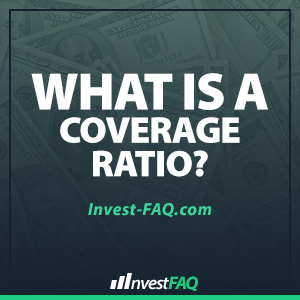Credit PeriodContents A credit period is the duration of time that a seller allows a buyer to pay for goods or services after the invoice date without incurring any additional fees or interest. It is a common business practice that facilitates trade by providing buyers with a temporary line of credit. The credit period is
What Is a Credit Memo?
Credit MemoContents A credit memo, or credit memorandum, is a document issued by a seller to a buyer, reducing the amount the buyer owes to the seller under specific circumstances, such as returned goods, billing errors, or a price dispute. It represents a correction or adjustment to an invoice previously issued, effectively crediting the buyer’s
What Is a Credit Manager Job Description?
Credit Manager Job DescriptionContents A credit manager job description outlines the roles, responsibilities, qualifications, and skills required for the position of a credit manager within an organization. This professional is tasked with overseeing the company’s credit policies, making decisions on credit limits, managing the collection of overdue accounts, and ensuring the overall management of credit
What Is a Credit Limit?
Credit LimitContents A credit limit is the maximum amount of credit that a financial institution or lender allows a borrower to draw upon. It represents the highest level of trust lenders have in borrowers’ ability to repay, based on their creditworthiness and financial history. In the business world, credit limits are crucial for managing financial
What Is a Credit Granting Procedure?
Credit Granting ProcedureContents A credit granting procedure is a systematic approach used by lenders to evaluate and decide on extending credit to applicants. This process involves assessing the creditworthiness of potential borrowers based on their financial history, current financial status, and future capacity to repay the credit, ensuring that loans are given to those most
What Is a Credit Facility?
Credit FacilityContents A credit facility is a type of financial arrangement that provides businesses and individuals with the ability to borrow money up to a specified limit over a set period. It’s a flexible financing solution that can be used to manage cash flow, finance investments, or cover operational expenses, offering borrowers the convenience of
What Is a Credit Balance?
Credit BalanceContents A credit balance is an accounting term that refers to the amount that a company or individual has in their account, indicating funds received but not yet spent or allocated. In the context of accounting, it typically signifies a liability or revenue, whereas, in banking, it represents the amount available in an account
What Is a Credit Application?
Credit ApplicationContents A credit application is a formal request by an individual or business entity seeking to obtain credit from a lending institution or supplier. This document typically includes detailed information about the applicant’s financial situation, including income, assets, debts, and credit history, used by the lender or creditor to assess the applicant’s creditworthiness. In
What Is a Covered Member?
Covered MemberContents A covered member, in the context of accounting and auditing, refers to individuals or entities that are involved in the audit or financial reporting process of a client and, therefore, are subject to specific ethical and professional standards to maintain independence and objectivity. This term is crucial within the accounting profession, particularly in
What Is a Coverage Ratio?
Coverage RatioContents A coverage ratio is a financial metric used to evaluate a company’s ability to meet its financial obligations, typically measured by comparing a company’s operating income or earnings to its debts and liabilities. These ratios are crucial for investors, lenders, and management to assess the financial health and risk level of a business.










